This is How Mysten Labs is Creating Next-Gen Solutions Powered by the Synergy of AI and Blockchain
At Mysten Labs, we believe the future of computing lies at the intersection of AI and blockchain.
AI is great for generating complex computations and delivering sophisticated analyses, but it lacks inherent mechanisms to guarantee the correctness or trustworthiness of its outputs. In contrast, Blockchain guarantees cryptographic integrity and immutable data, creating a single, indisputable source of truth.
By uniting these complementary forces, we can create next-generation systems far more powerful, transparent, and secure than anything that either technology can achieve on its own.
BTW: Here’s the link to my Substack to stay posted:
The Rise of AI in Programming
Think about what's happening right now in software development.
This could be the most groundbreaking shift in how humans engage with code since the very inception of programming.
Let me explain.
Programming has always been about solving complex problems, but the friction was always mechanical.
When I say "the friction was always mechanical," I mean that much of a developer’s time and cognitive energy was historically consumed by these kinds of low-level, repetitive tasks.
For decades, devs have been forced to spend countless hours on mechanical tasks: writing boilerplate code, hunting down trivial bugs, and performing routine maintenance.
These weren't challenges that tested the creativity or problem-solving abilities of a dev; they were simply tedious obstacles that stood between devs and real innovation.
But now AI is transforming that paradigm.
Where developers once spent hours debugging and writing boilerplate code, AI coding assistants are now delivering tangible, immediate value.
How AI Is Accelerating The Speed of Software Development
Unlike human communication, where "I'm fine" could mean anything from "everything's great" to "leave me alone," programming languages have less room for interpretation.
A function call means exactly what it says. Every variable, every function, every loop - they follow a predefined script.
You can't negotiate with a compiler. You can't charm your way out of a syntax error.
We're dealing with a world of predictable patterns, and logical structures. It's not about understanding emotions or reading between the lines. It's about precise, executable instructions that do exactly what they're told, every single time.
Now, combine that with the mind-blowing capabilities of today’s Large Language Models (LLMs).
These LLMs have reached a point where they can analyze entire codebases, trace complex interaction paths, and predict potential vulnerabilities that would take human reviewers weeks or months to detect.
That’s why we are seeing the most profound impact of AI in programming.
Look at tools like Cursor.
It’s a reimagining of the code editor, built on a profound understanding of how AI can transform programming workflows.
Cursor can predict not just the next few characters, but potentially the entire next set of code changes a developer might make.
Here AI isn't just generating code snippets or offering basic completions; it is becoming an intelligent collaborator that understands context, anticipates needs, and enhances developer productivity in ways that seemed impossible just a few years ago.
When reviewing code, the AI can track complex interaction patterns across multiple files and languages simultaneously - something no human reviewer could efficiently accomplish.
This enables developers to move through coding tasks with unprecedented speed and precision.
The net effect of all this will be a flourishing ecosystem where more engineers, even those fresh out of school, can operate like seasoned veterans.
Just as Mark Zuckerberg was able to build Facebook from a dorm room before massive investments or a full team, soon anyone with a solid idea will have the technical leverage to launch a startup.
Soon, we'll see billion-dollar startups being created by a single developer. This isn't science fiction; it's the natural evolution of developer productivity that AI enables.
At Mysten Labs, we're not just watching this wave; we're riding it. We’re laser-focused on supercharging developer productivity by leveraging AI.
And Sui Move has some really big advantages when it comes to leveraging AI.
Why Move Is The Perfect Match for Training AI Models
Sui's entire tech stack is built with devs in mind.
The Move programming language, the object-centric data model, the whole Sui tech stack is engineered to deliver the most insane DevEx you can imagine.
And the results already speak for themselves.
Now, when we enter the age of AI-powered dev tooling, Sui Move has a huge advantage compared to other smart contract programming languages like Solidity or Rust in the case of Solana.
To really grasp why Move provides such a solid foundation for AI-driven development, you have to start with the basics.
Recent research, like the "Teaching Machines to Code: Smart Contract Translation with LLMs", shows that large language models (LLMs) thrive when working with structured, predictable languages.
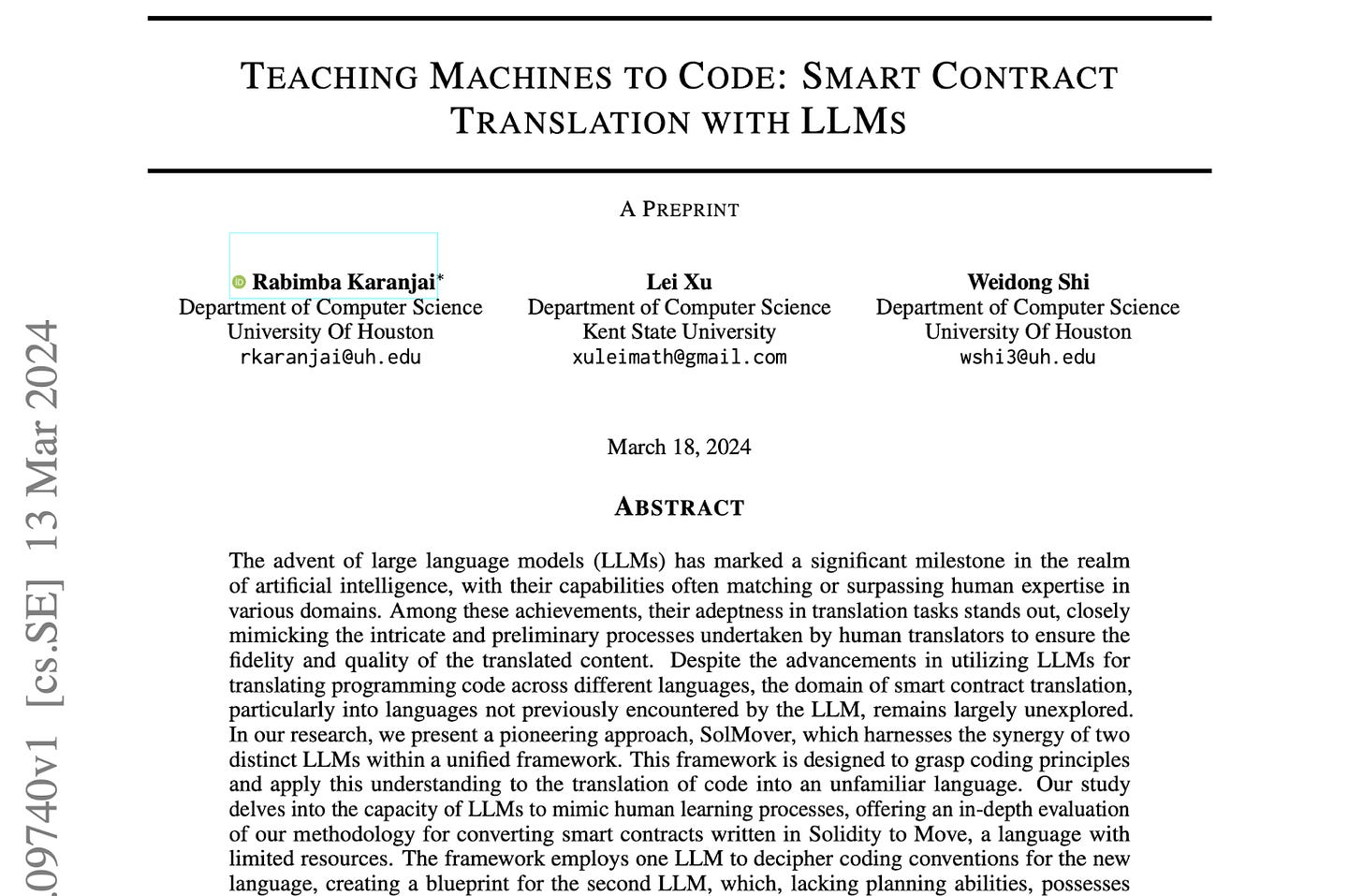
And there’s no better match for this than Sui Move powered by the object-centric data model.
Why?
Because, Move is a purpose-built, domain-specific language (DSL) designed for the intricacies of blockchain.
It treats on-chain assets and data as first-class citizens, governed by strict, language-enforced rules for creation, transfer, and destruction.
It gives data and assets clear, enforceable behavior that ensures security, predictability, and efficiency.
This means fewer bugs, fewer surprises, and a whole lot more confidence for developers and AI alike.
Compare that to Solidity on Ethereum, where the best you get are loose conventions / best practices, or Rust on Solana, which wasn’t built with blockchain in mind.
Both create friction, ambiguity, and opportunity for error, things AI doesn’t handle well.
Sui Move flips the script by eliminating the guesswork and providing a clean, uniform framework.
And here’s where it gets exciting.
Because Move is so consistent, AI models can learn it faster and perform better.
Using retrieval-augmented training, AI can "study" Move’s documentation, specifications, and patterns like a textbook, understanding syntax, transformations, and idioms with ease.
The "Teaching Machines to Code" paper proves what’s possible when AI is paired with the right language, and Move is a dream partner. It enables AI to write, debug, and even audit smart contracts with exceptional precision.
Plus, Move is formally verifiable. From a machine-learning perspective, this is a game-changer.
Baking Security into the Code
One major challenge in integrating AI with smart contract development is ensuring that the generated code isn’t just compilable, but also correct and secure.
In many languages, verifying a contract's correctness is an optional afterthought, an external tool, or a separate set of best practices.
Move bakes in support for formal verification from the start.
Essentially, Move’s specification system and toolchain allow developers (and, by extension, AI models) to write and check mathematical proofs of correctness right alongside the code.
From a machine-learning perspective, this is a game-changer.
AI models improve best when they can get immediate, high-quality feedback, think of it as a conversation between the language and the model.
If the language’s toolchain can prove or disprove code correctness, the AI gets a clear “true” or “false” signal.
Over time, this feedback loop helps the model refine its outputs.
Instead of blindly guessing what “secure code” might look like, the AI can actually learn patterns that align with formally correct and verified designs.
For developers, this means fewer audits and less reliance on external testing. For users, it means confidence that their assets and interactions are secure.
Now, factor in Programmable Transaction Blocks (PTBs).
They introduce an unprecedented level of composability, significantly enhancing both the developer experience and the capabilities of AI-driven tools.
Automating Workflows with PTBs and AI
Programmatic Transaction Blocks (PTBs) add another layer of empowerment.
PTBs allow devs to bundle multiple actions into a single, atomic transaction.
Each PTB can contain up to 1,024 individual actions, everything from token transfers to complex logic like game physics. The entire block is processed atomically as a single transaction.
PTBs effectively turn the blockchain into a collection of composable APIs, public endpoints that can be orchestrated and combined.
This means that anyone can dynamically wire these components together, automating workflows, facilitating trades, or building complex on-chain operations without getting tripped up by hidden complexities or inconsistent data structures.
The result is a highly modular and composable environment where the blockchain looks more like a set of programmable building blocks than a closed-off, static system.
Developers can use front-end tools to drag and drop PTBs, building workflows visually. Think of it like stitching together APIs, but for the blockchain.
This isn’t just theory, there are tools already existing that you can play with right now.
Here’s where it gets even more exciting: incorporating AI into the PTB workflow.
With clear inputs and outputs defined by each PTB, AI can reason about the system, automate complex sequences, and even suggest optimizations.
It could help devs instantly figure out the right combination of PTBs to achieve a certain outcome, or dynamically route transactions for efficiency.
Imagine a fully AI-powered stack where you describe your goal, and the system assembles and fine-tunes the necessary PTBs into a functioning dApp, no painstaking guesswork required.
This is going to happen a lot sooner than you think.
Still, there’s one big hurdle that’s hard to ignore: the sky-high cost of ensuring your code is rock-solid.
Security audits can eat into your bottom line, especially for newcomers and indie devs who just want to build something cool.
This is exactly where Bugdar comes into the picture.
Bug Radar - An AI-Powered Smart Contract Auditing Tool
When we engineered Sui Move, we started with a blank slate.
We asked: how do we ensure the highest level of security, predictable behavior, and clarity for on-chain logic?
The idea was to give Sui developers the best possible starting point.
Still, in a landscape where a single overlooked detail can cost millions, just having a secure language wasn’t enough, we needed top-tier tools.
We could have taken the long road, letting traditional security tools catch up over time, but that’s risky and slow. Instead, we spotted the wave of AI-powered coding assistants and realized we could fast-forward into the future.
Enter Bugdar.
Bug Radar, aka Bugdar, is an AI-powered security analysis system built by Mysten Labs to audit smart contracts and decentralized applications in real time.
It’s powered by an ensemble of state-of-the-art models, and custom-trained foundational models, including heavy hitters like o1, Claude, Gemini, and LLaMA, all integrated via Bugdar, which constantly reacts to feedback to refine these models to work seamlessly together.
The system's architecture is designed to process and analyze smart contract code across multiple blockchain platforms, with a primary focus on Move, Solidity, and Solana's programming environments.
This is what sets Bugdar apart: it doesn’t just scan code; it interprets it, simulates execution paths, and understands semantics at a deep level. By doing so, it catches the complex, subtle vulnerabilities human auditors and basic tools might miss.
The real magic? Bugdar’s no paper tiger.
It’s caught vulnerabilities that could have triggered chain-wide meltdowns and massive financial theft.
In one case, Bugdar identified a timing loophole in the Cosmos SDK that gave malicious actors the power to freeze entire networks.
Another discovery involved a Solidity smart contract vulnerability that exposed potential theft routes totaling $605 million in Ethereum.
The vulnerability stemmed from the improper use of delegatecall, which made internal and private functions unexpectedly accessible from public interfaces. Even more alarming, the initial fix did not address another critical issue that could have led to an additional $2 billion in potential losses.
Bringing Bugdar into your workflow is simple.
Add it to your pipeline so that it runs before human reviews. By the time your audit team looks at the code, they already know where the trouble spots might lie. Instead of wasting time on easy-to-spot vulnerabilities, they can concentrate on the intricate or less obvious issues.
In larger teams, integrating Bugdar into your CI/CD pipeline ensures a continuous safety net. Each new commit triggers an analysis, swiftly flagging any new security gaps.
Over time, developers naturally improve their code practices, leading to fewer vulnerabilities and smoother project progress.
The best part: Bugdar’s outputs are deterministic.
And this is where we leverage blockchain to improve AI outputs.
Ensuring Reliable AI Outputs with Blockchain-Derived Randomness
So here’s the thing: AI models are usually about as predictable as a dice roll.
Try it out on ChatGPT and you’ll see what I mean, feed it the same prompt twice, and you might get two different answers.
Sometimes that’s cool, like when you’re brainstorming or writing poetry.
But when you’re running a security audit with a tool like Bugdar, you can’t afford that kind of guesswork.
Imagine you’re a developer, checking a smart contract for vulnerabilities. You run your code through the AI and get some results that look legit. But then you run it again and get a completely different report, maybe it flags something new, or maybe it misses something it caught the first time.
Suddenly, you don’t know which output to trust, and that uncertainty can lead to missed threats or wasted time chasing false positives.
We couldn’t let that slide, so we built Bugdar to be deterministic.
Instead of letting some random AI dice roll dictate what you see, we harness blockchain-derived randomness from Sui’s validator set.
Think of it as a transparent, verifiable seed that the AI uses to produce the same results every time you plug in the same input. No more second-guessing, no more shrugging your shoulders when the AI flips its story.
By pulling in a transparent randomness seed straight from Sui’s validator set, we’ve made Bugdar’s outputs consistent and verifiable.
In other words, we leveraged the trust and transparency of blockchain to make AI more dependable, ensuring you can rely on Bugdar’s results every single time.
Whether it’s your first run or your fiftieth, if the input and seed match, the output stays consistent. That means less confusion, less risk, and more confidence in the results you’re getting.
Building on this foundation, projects like the Atoma Network are bringing decentralized AI compute services to Sui.
Now this is just a start.
This is not the only way AI can leverage the power of blockchain and verifiable data.
And this is where the combination of Walrus and Sui becomes a potent force.
Walrus: An Open, Trustless Data Marketplace for AI
Data is the lifeblood of AI models.
The more high-quality, verifiable data you have, the smarter and more reliable the AI models can become.
But usually, finding reliable, high-quality data is a big headache. You either trust giant corporations to provide it, or you scrape together messy datasets from all over the web.
Enter Walrus, the decentralized storage solution baked into Sui.
It’s not just some hacky workaround; it’s a fully integrated layer where storage acts like a native on-chain asset. Walrus leverages Sui’s unique resource model to ensure that stored data is more than just a jumble of bytes tucked away somewhere.
It's an asset you can manage and audit, and the blockchain’s inherent transparency means you know where it came from and who controls it.
That means you can buy it, sell it, split it up, or merge it just like you would with any on-chain asset. Imagine having a portfolio of datasets, each represented as an object you fully own and control.
You can bundle them, share them, or even monetize them directly on the network.
The combination of Sui and Walrus creates a data-rich environment, a marketplace where people can share and monetize datasets without having to trust some giant corporation to keep everything fair.
That’s where the blockchain really shines: it provides an open, permissionless platform for data exchange.
Think about the knock-on effects of AI.
Now the AI models can soak up knowledge from a truly global data reservoir.
This means that as AI algorithms evolve, they can come straight to Walrus for richer, more diverse training inputs. It’s like giving AI direct access to a global library that’s constantly updated, curated, and expanded by a community of users, researchers, and businesses.
For developers, that means faster, better AI development at lower costs.
For the ecosystem, it means a thriving marketplace where data, AI, and blockchain feed into each other’s strengths.
Where This All Leads: The Rise of AI Agents
We’ve reached a point where the boundaries between code, money, assets, and logic are dissolving into a single, digitally native substrate.
Add to that the game-changing synergy of AI, and we’re in for something none of us have truly seen before.
Everything we’ve discussed so far, from the AI-driven software development, and synergy between AI and blockchain, to the on-chain data markets powered by Walrus, is all pointing to one massive, game-changing shift:
AI Agents.
These aren’t just chatbots. Forget everything you know about “bots” repeating stale lines of code.
AI agents are a new breed, entities that can think, reason, and execute tasks autonomously.
Picture an AI agent capable of writing and deploying smart contracts on the fly, training itself on the richest set of verifiable, on-chain data, and making trustless payments in real time.
That’s where we’re headed, and it’s way closer than you think.
If Marc Andreessen sending BTC to an AI agent doesn’t hammer home how the script has flipped, I don’t know what does.
This Is Just The Beginning
I think this is how it's going to play out.
First up, you will see the rise of vertical AI agents, specialists that can handle entire business ops, end-to-end.
Imagine a single AI agent taking over customer success, compliance, inventory management, whatever core function you can name, and running it like clockwork, 24/7, no downtime, no burnout.
The era of super-lean startups is just getting started, think billion-dollar outcomes driven by a single visionary and an intelligent digital partner.
But that’s only the opening act.
Next, we’ll see fully autonomous agents, with no training wheels.
They’ll hold their own keys, manage their own assets, and navigate on-chain complexity without a human chaperone.
AI agents like @truth_terminal with zkLogin credentials, wielding on-chain accounts, governing their own assets, and shaping outcomes directly.
This isn’t a distant horizon; it’s the next logical step
And here’s the kicker: Sui’s built for this world.
It’s the blockchain primed for that reality. Its composable primitives and object-centric design make it the ideal launchpad for agent-driven ecosystems.
At Mysten Labs, we’re not just along for the ride.
Our AI and ML research team is pushing this frontier forward, ensuring that as autonomous AI agents come into their own, they’ll find a home that’s faster, smarter, and more secure than anywhere else.
Don't miss out on the next article!
Stay updated by subscribing to my Substack here:







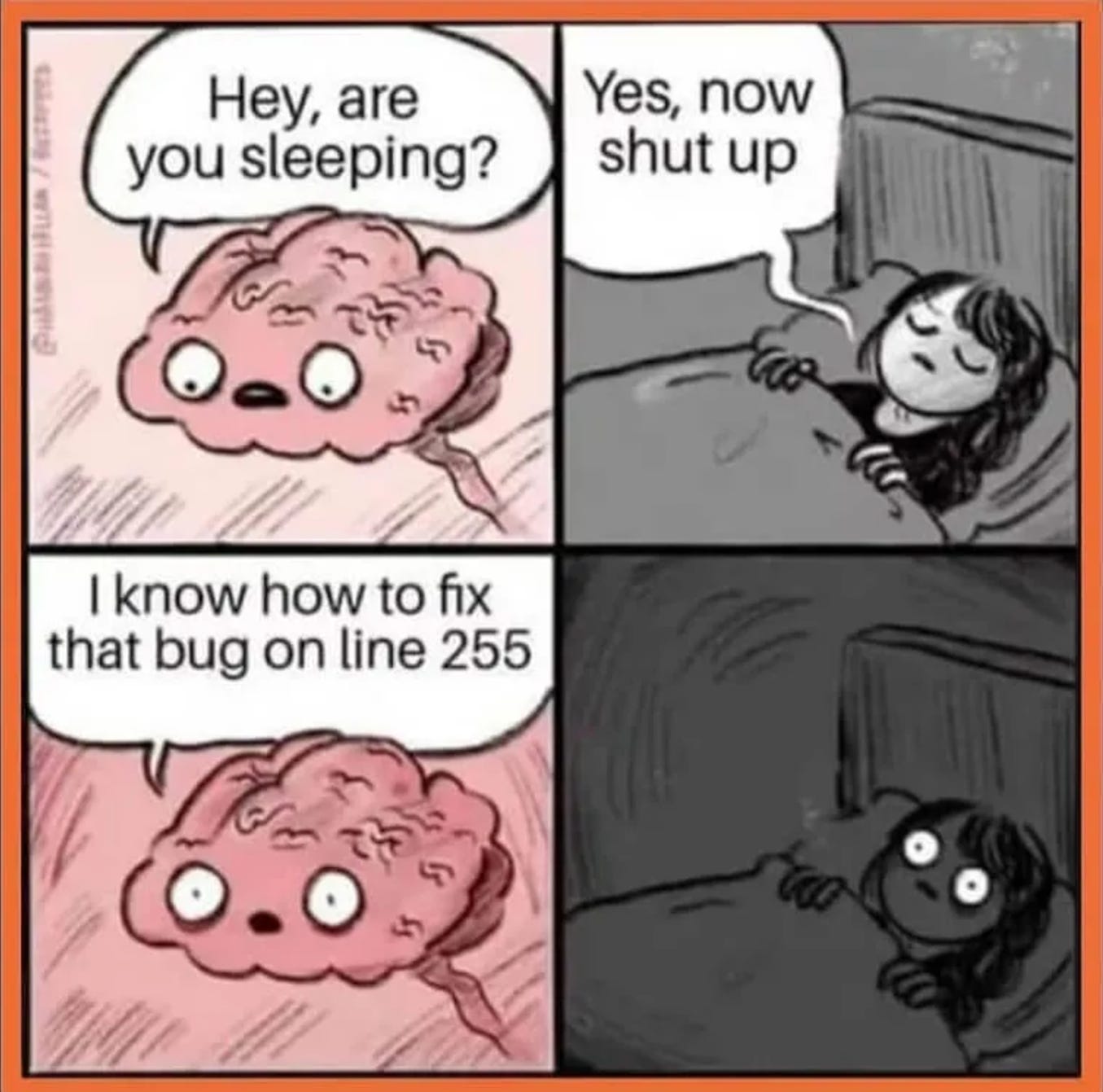

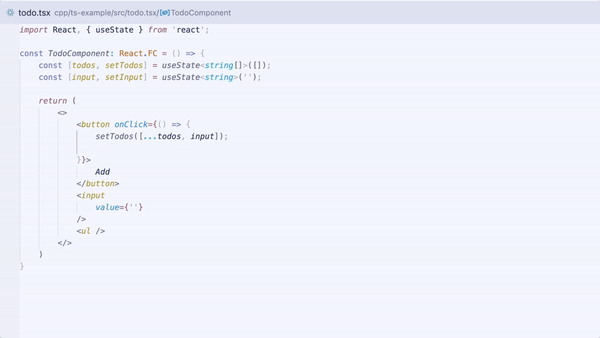




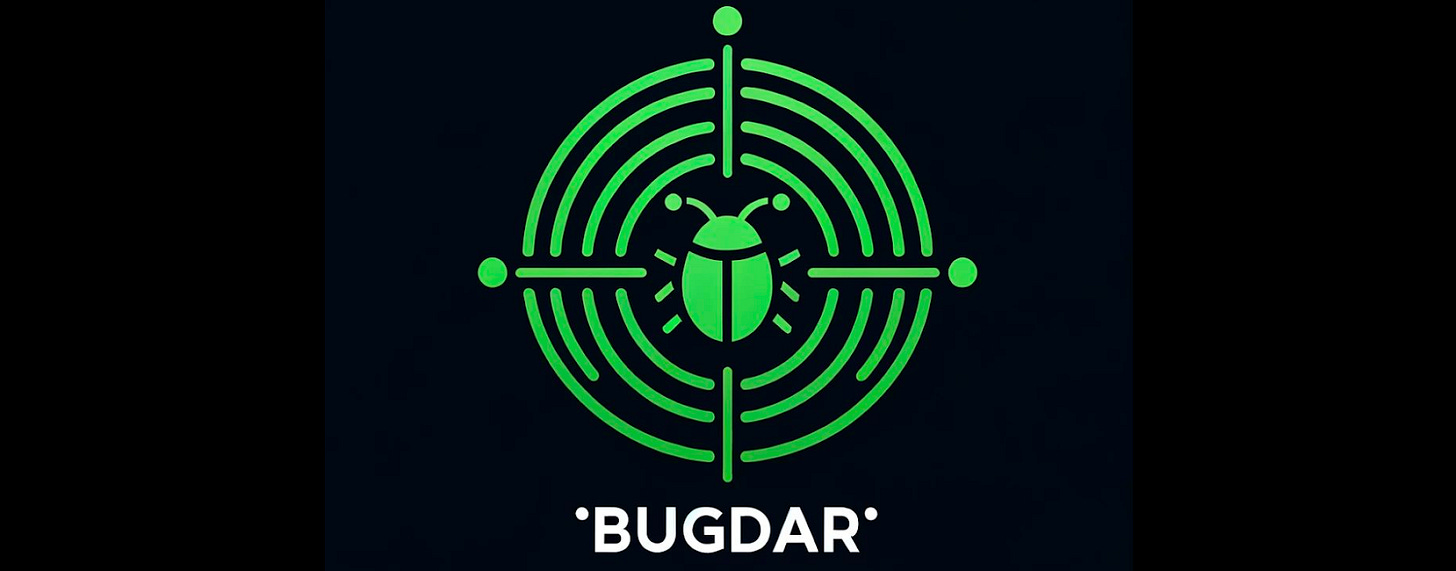

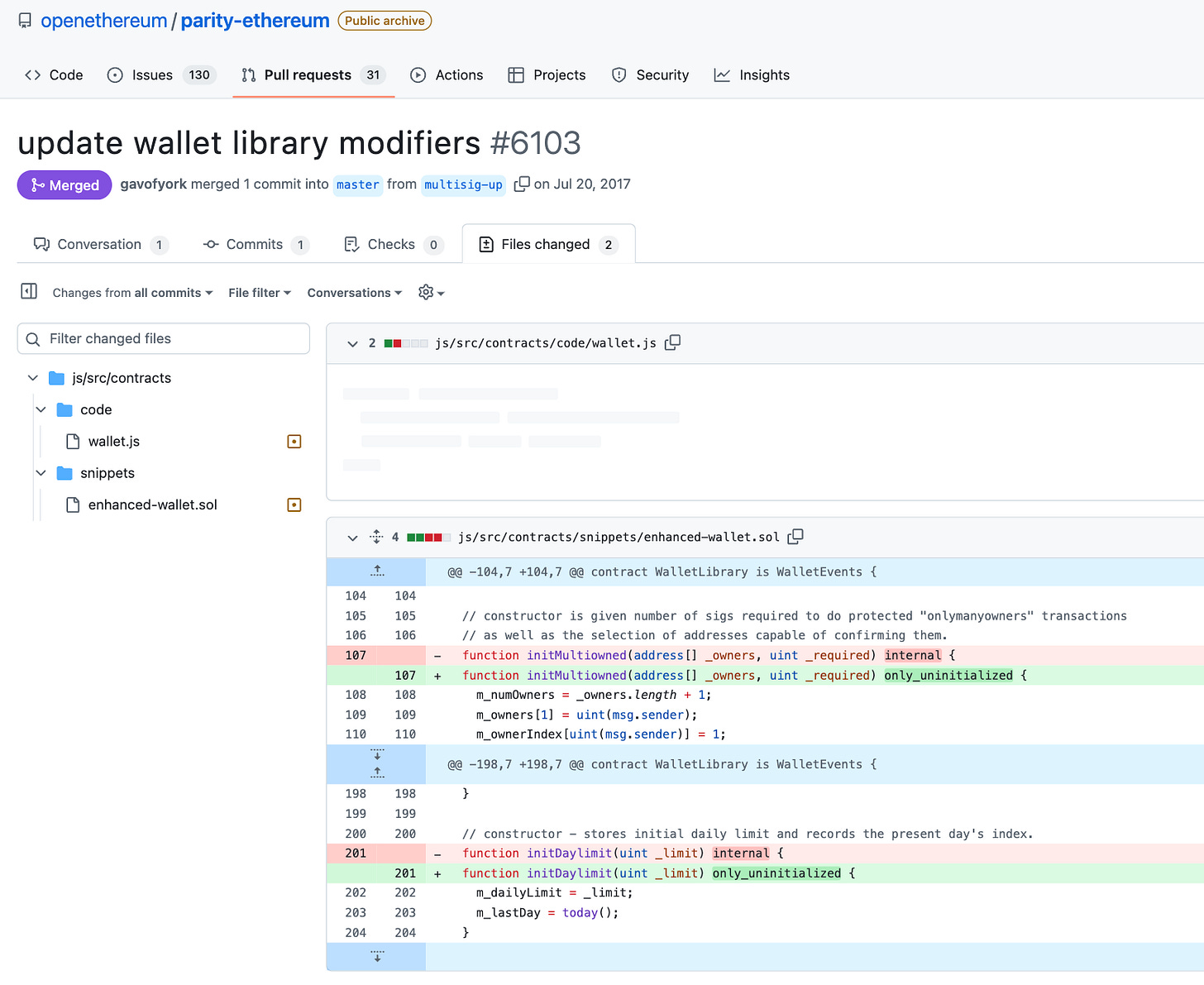
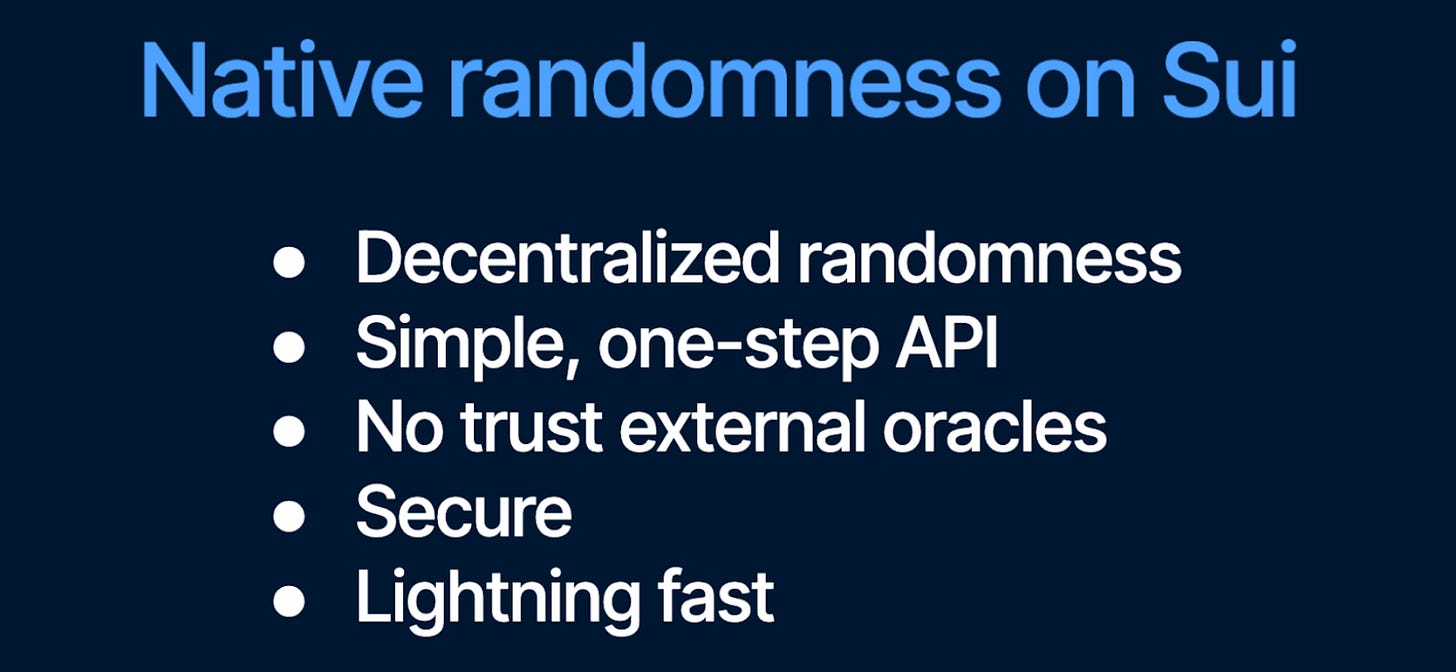


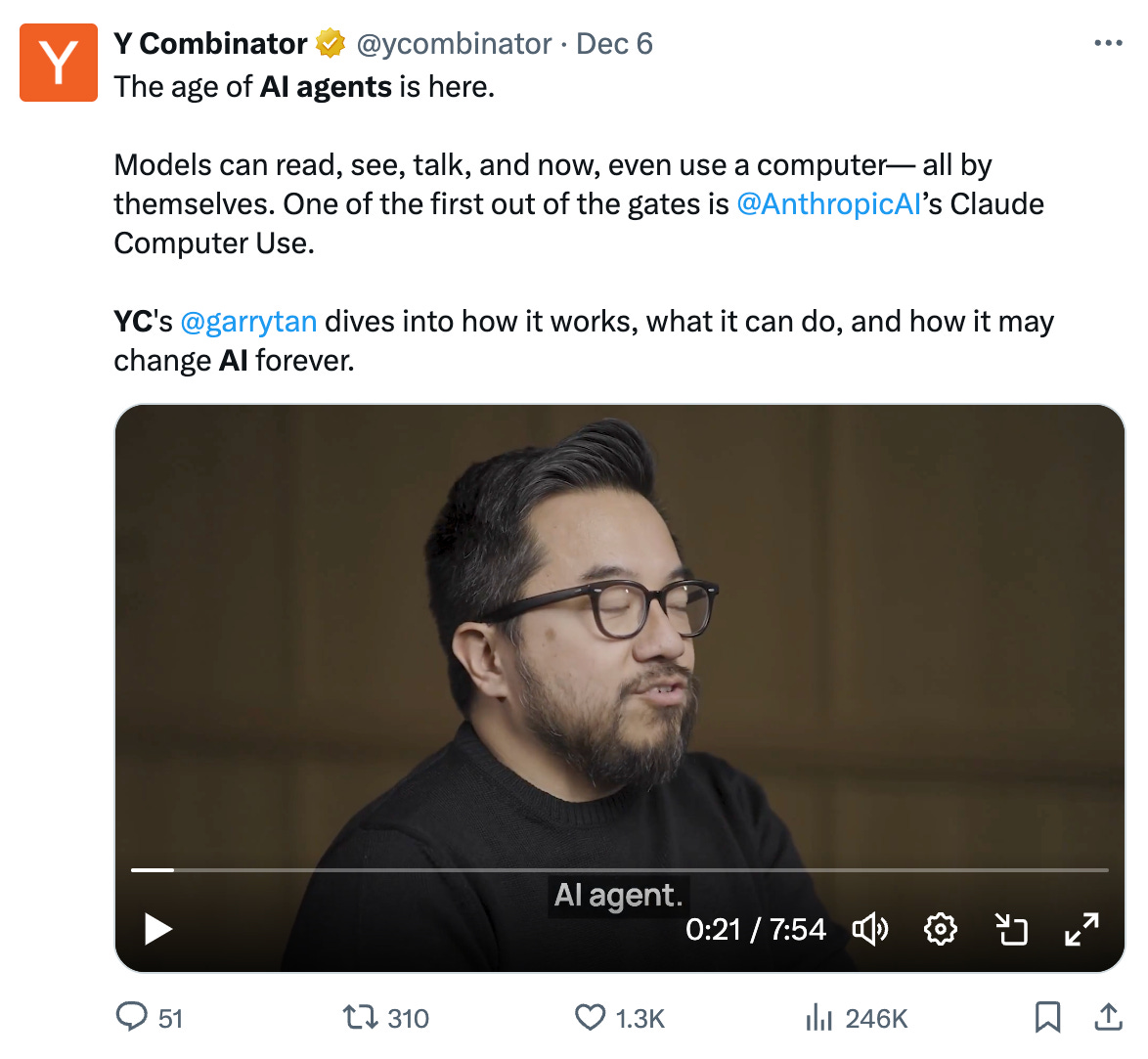




Good stuff man. the push I needed to get started with blockhain development with SUI move
Great article and easy to read and understand. SUI will be the Apple of the block chain ecosystem. Mind my words!!!